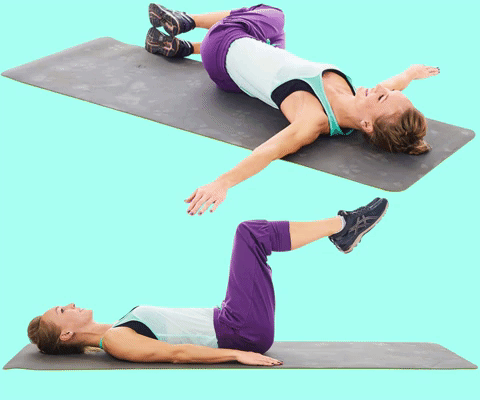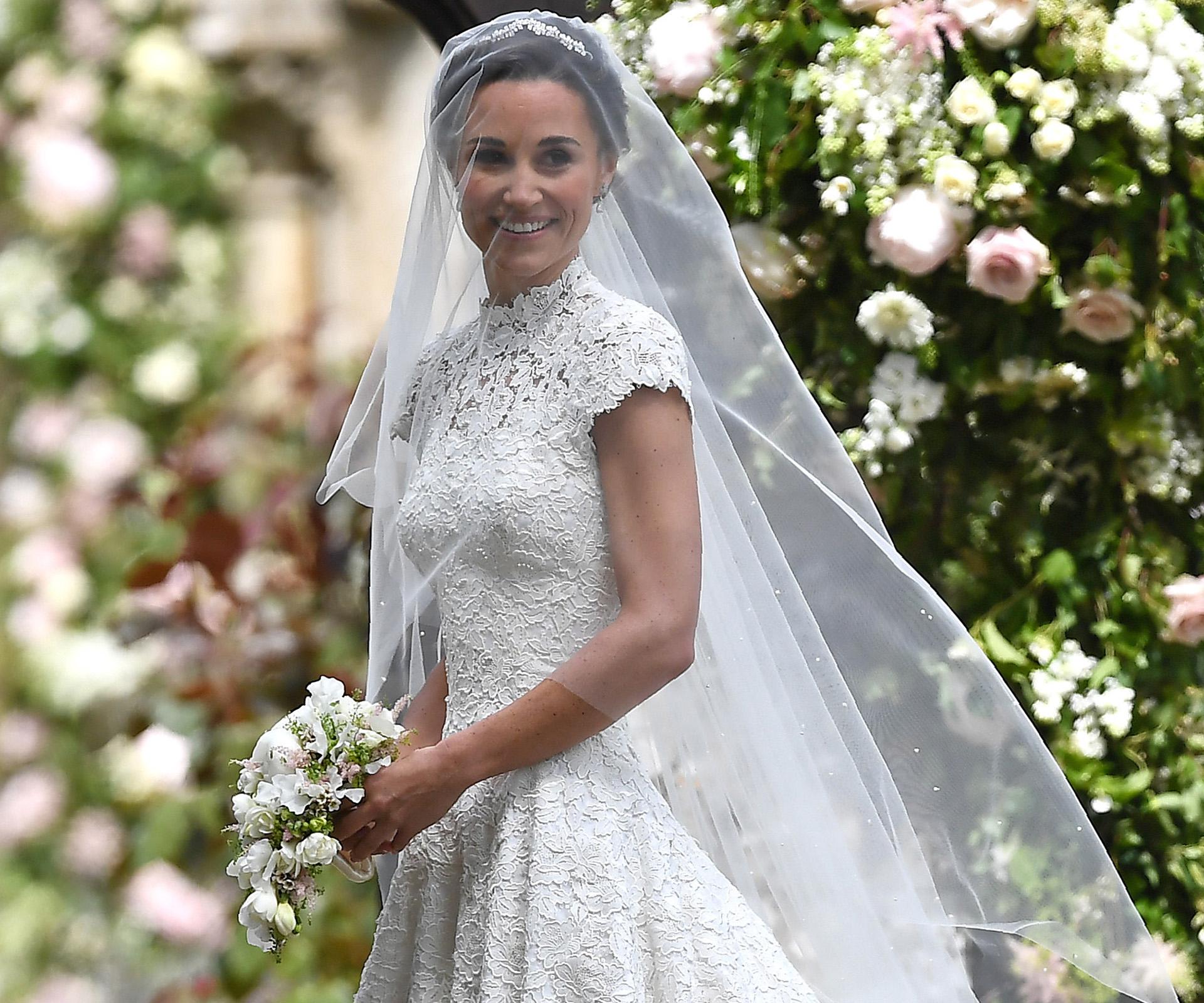As a wellness guru and experienced yoga teacher, Nikki Ralston knows a thing or two about finding balance, on and off the mat.
The developer of The Ralston Method, a practise that blends together a range of yoga styles, Nikki chatted to Good Health Choices about making hermark on New Zealand’s yoga scene.
How did you first find yoga?
Yoga found me in my early 20s. My dad was a running and triathlon coach. He coached Hamish Carter and Cameron Brown, so I grew up running.
I went to my first yoga class just to stretch out my tight runner’s body, but I loved the anatomy side of it and was surprised by how challenging it was.
The athlete in me was like ‘ooh, I like this challenge’ and immediately I walked out feeling lighter, taller and more ‘me’ than I’d felt in a while.
When did you decide to become a yoga teacher?
I was in a really committed practice when I was in my late 20s, and then I fell pregnant with my daughter. I was in an awfully disruptive relationship with my partner, her dad, and doing yoga through that period was the only time I actually remembered who I was. That was me at my lowest point.
So I made some big decisions to look after myself and my baby – I left my partner, had a really difficult birth, and I had to really work hard to rehabilitate my pelvic floor and reconnect to my core.
So it was literally and metaphorically getting back to the core of who I was. It was that rehabilitation process – predominantly using yoga – that made me think ‘now I’m emotionally mature enough to [start teaching]’.
How has the yoga scene in New Zealand changed over the years?
Initially there was only really ashtanga and iyengar yoga in New Zealand, and when I did my training it was more like a mentorship. Nowadays you can train in like a month, which is really quite different to my journey over a couple of years under a senior teacher.
You’re also a massage therapist, has that helped you get an even better understanding of yoga?
There’s a real inquiry process that goes on in that hands-on [massage] process, and an understanding of where commonly held tensions are.
With massage, you guide people to their tension with your hands – it’s up to that person whether to release it or not. It’s the same in a yoga practice; being able to guide with my words, getting people to that place to let go of what they’re ready to let go of.
With yoga, I can work with 20 people at a time, rather than one person in an hour time slot.
How does yoga affect emotions and mental health?
Yoga encompasses the whole mind, body and spirit aspect, it’s not just the physical. So it really allows each person to address what’s going on mentally, emotionally, physically and spiritually as well; there are not many other practices that allow that deep inquiry.
That’s why I feel that yoga can’t be compared to say, Pilates. Yoga is a way of life and a way of being; you can’t compare that to a physical exercise.
You’re also a fan of meditation, how could a beginner get started with that?
A lot of people can be under this misconception that you should find this blank space of no thought, but the brain is designed to think, just like our hearts are designed to beat. So the brain is going to be throwing thoughts at you, and it’s not about stopping them, it’s about becoming aware and observing them.
Even if you did 10 minutes in the morning of observing your thoughts and 10 minutes at night for two weeks, just notice what a difference that makes in your life.
And then it’s much easier throughout the day to be like ‘oh, this is what I’m feeling, is that something I want to feed or do I want to direct my attention elsewhere?’
There’s a great app called One Giant Mind, which is a really good gateway into meditation.

How important is it to you to make your yoga classes fun?
Allowing people to play ignites this freedom and joy that’s just underneath the surface, but so often we’re so used to putting up this façade of ‘I’ve got my shit together’. Underneath it all, we’re just big kids trying to figure out this world.
So I think not taking yourself too seriously is really important. In the studio, it’s more serious but you’ve still got to have fun.
What advice would you give to someone who is just starting out with yoga classes?
Expect to feel slightly uncomfortable and uncoordinated – that happens for everyone.
It’s not about being the bendiest, the most flexible, the most amazing in the class, it’s just about doing the practice. And sticking with it. Give it a good amount of time, like a month doing it twice a week.
If you just judge it off your first class, it’s almost like the teacher’s talking a different language, there’ll be things you don’t understand.
If you give it time, it settles in and you start to realise that it’s not about what you can do but more about turning up to do it. As soon as you get over that, the practice becomes a lot more enjoyable.
How is yoga helpful for making people feel more positive about their body?
So much of our world is externally focused and yoga brings you inwards. I worry less about what I look like now and more about how I feel.
I can only imagine how powerful that would be if I’d started it in my teenage years. It’s really full of that positive body image, accepting yourselves and each other.
What is The Ralston Method?
Drawing on 18 years of yoga experience, Nikki came up with her own form of workout. The Ralston Method takes aspects of hatha, vinyasa, precision alignment and mindfulness, with the aim of building strength, flexibility and mental focus.
When she’s not taking classes at festivals here and overseas, she teaches the technique at her Auckland studio, Urban Ashram, and has also been a yoga teacher to the Vodafone Warriors.


